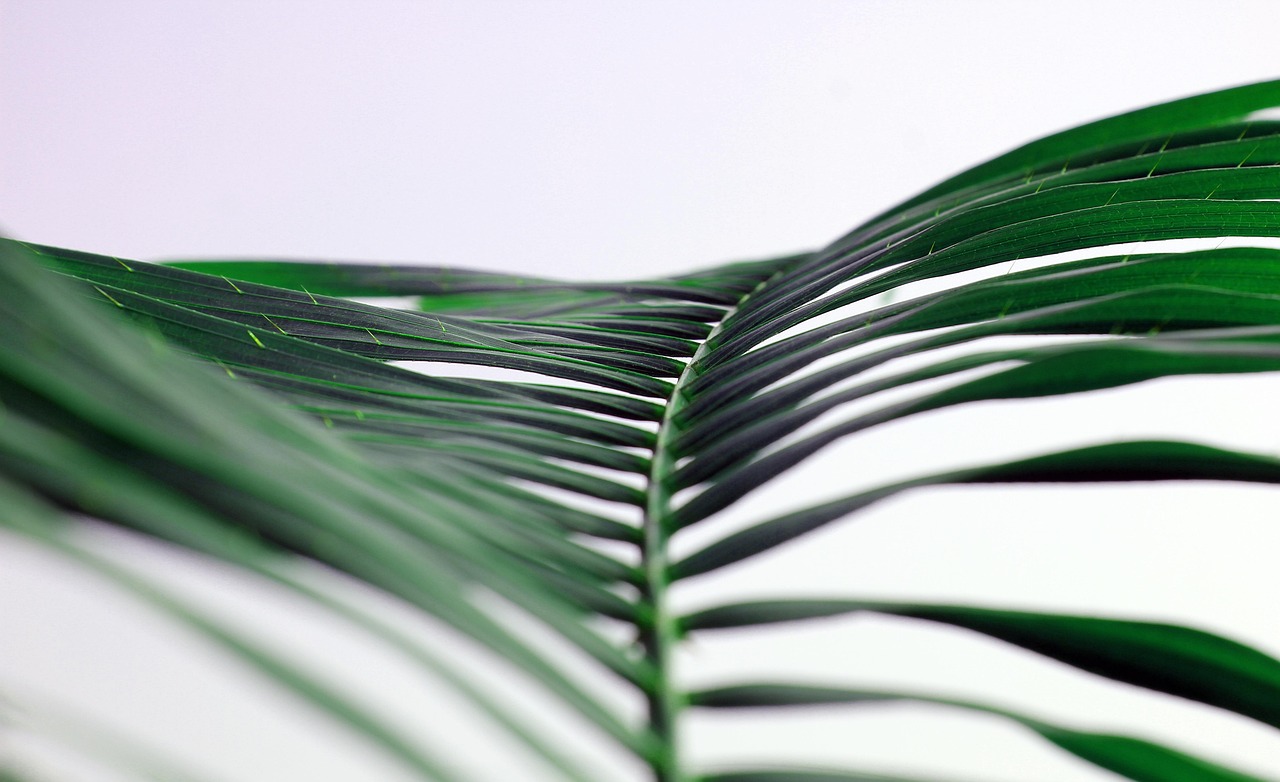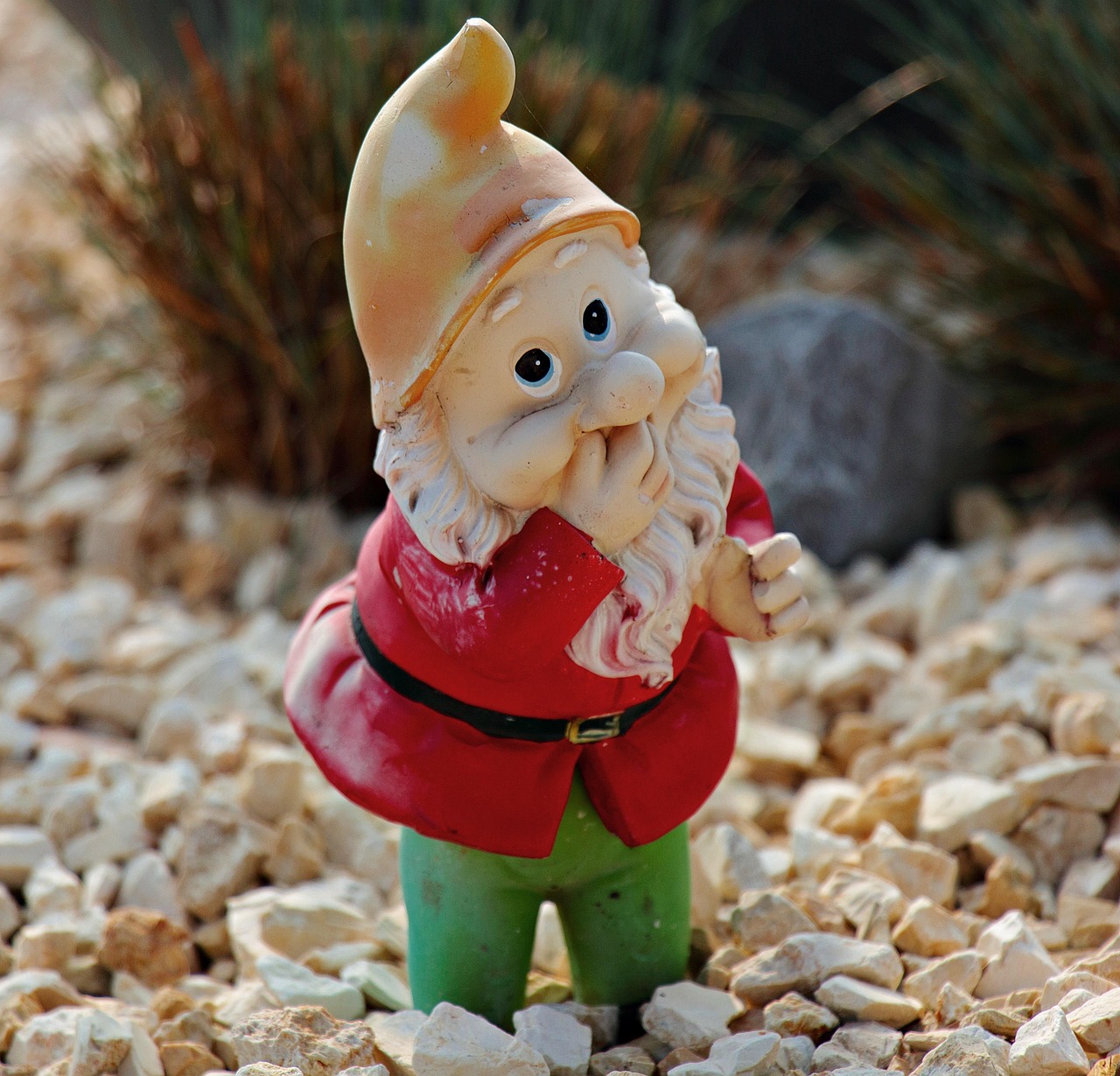Small or dwarf palm trees bring an exotic touch to any space, whether it is a cozy apartment, a bustling office, or a vibrant garden. With their lush foliage and unique textures, these palms can transform interiors and exteriors alike. Their manageable size makes them perfect for those who want to enjoy the beauty of tropical plants without overwhelming their environment.
Originally hailing from tropical and subtropical regions around the world, dwarf palm trees have gained popularity for their aesthetic appeal and versatility. Unlike their towering cousins, these smaller varieties can thrive in confined spaces, making them ideal for urban settings. The allure of palm trees lies not only in their beauty but also in their ability to create a soothing ambiance reminiscent of sunny beaches and warm climates.

The following table highlights some popular small palm varieties along with their key characteristics:
| Common Name | Scientific Name | Height | Light Requirements | Watering Needs |
|---|---|---|---|---|
| Areca Palm | Dypsis lutescens | 6-8 ft (1.8-2.4 m) | Bright, indirect sunlight | Moderate, allow topsoil to dry |
| Parlor Palm | Chamaedorea elegans | 3-6 ft (0.9-1.8 m) | Low to bright, indirect light | Low, keep soil moist but not soggy |
| Pygmy Date Palm | Phoenix roebelenii | 6-10 ft (1.8-3 m) | Full sun to partial shade | Moderate, water when topsoil is dry |
| Lady Palm | Rhapis excelsa | 6-12 ft (1.8-3.7 m) | Low to bright, indirect light | Moderate, keep soil consistently moist |
Choosing the Right Small Palm Tree
Selecting the right small palm tree for your space requires consideration of several factors. First, assess the amount of light available in your area. Some palms thrive in low-light conditions, while others need bright, indirect light to flourish. Additionally, think about your watering habits. Some palms prefer consistently moist soil, while others fare better with drier conditions between waterings.
The size of the palm at maturity is another crucial factor. Even small palms can grow larger than expected over time. Therefore, it is essential to choose a variety that fits comfortably in your designated space. Consider your home’s decor and personal style as well. The texture and color of the palm can either complement or contrast with your interior design.
When it comes to maintenance, dwarf palms are generally easy to care for. They often require minimal pruning and are typically resilient against pests and diseases. However, providing the right environment is key to ensuring they thrive.
The Benefits of Small Palm Trees
Incorporating small palm trees into your living space offers numerous advantages:
- Aesthetic Appeal: Their unique shapes and lush greenery can enhance any decor.
- Air Purification: Palms can help improve indoor air quality by filtering toxins.
- Flexible Placement: They can fit in various spaces, from tables to corners.
- Low Maintenance: Most small palms do not require extensive care.
The charm of dwarf palm trees is undeniable. They serve as beautiful focal points and bring a slice of the tropics into everyday life. With the right care and conditions, these palms can thrive and provide joy for years to come.
Popular Varieties of Small Palm Trees

There are numerous small or dwarf palm tree species to choose from, each with its unique characteristics and charm. Understanding the different varieties can help you select the perfect palm for your space. Below are some of the most popular small palm trees that are perfect for indoor and outdoor settings.
1. Areca Palm
The Areca Palm, also known as the Butterfly Palm, is a favorite among indoor plant enthusiasts. It features feathery, arching fronds that create a lush, tropical appearance.
- Height: Typically grows between 6-8 feet (1.8-2.4 meters).
- Light Requirements: Prefers bright, indirect sunlight.
- Watering Needs: Moderate; allow the topsoil to dry out between watering.
2. Parlor Palm
The Parlor Palm is an excellent choice for those with low-light conditions. Its elegant, fan-shaped leaves add a touch of sophistication to any room.
- Height: Reaches heights of 3-6 feet (0.9-1.8 meters).
- Light Requirements: Thrives in low to bright, indirect light.
- Watering Needs: Low; keep the soil moist but not soggy.
3. Pygmy Date Palm
The Pygmy Date Palm is a compact variety that can bring a tropical feel even to smaller spaces. It is characterized by its slender trunk and feathery fronds.
- Height: Grows to about 6-10 feet (1.8-3 meters).
- Light Requirements: Enjoys full sun to partial shade.
- Watering Needs: Moderate; water when the topsoil is dry.
4. Lady Palm
The Lady Palm is known for its lush foliage and air-purifying qualities. Its bushy appearance makes it a striking addition to any indoor garden.
- Height: Can grow between 6-12 feet (1.8-3.7 meters).
- Light Requirements: Performs well in low to bright, indirect light.
- Watering Needs: Requires moderate watering; keep the soil consistently moist.
Caring for Small Palm Trees

Caring for small palm trees involves understanding their specific needs and providing the right environment to help them flourish. Here are some essential care tips:
Light and Placement
Most small palm trees prefer bright, indirect sunlight. Placing them near a window where they can receive filtered light is ideal. However, be cautious of direct sunlight, which can scorch their leaves.
Watering Practices
Watering habits can vary among different palm species. It is important to check the top inch of soil before watering. If it feels dry, it is time to water. Ensure that pots have drainage holes to prevent waterlogging.
Fertilization
Regular fertilization can promote healthy growth in small palms. Using a balanced, slow-release fertilizer during the growing season (spring and summer) can provide essential nutrients.
Pest Management
Palm trees can be susceptible to pests such as spider mites or mealybugs. Regularly inspecting your plants and addressing any infestations promptly is crucial. Using insecticidal soap or neem oil can effectively manage these pests.

By understanding the specific needs of each variety and providing proper care, small palm trees can thrive indoors or outdoors, enhancing your living space with their tropical flair.
Designing with Small Palm Trees
Small palm trees can serve as stunning focal points in various design settings. Whether used indoors or outdoors, they can complement different styles and enhance the overall atmosphere. Understanding how to effectively incorporate these tropical beauties into your decor can elevate your space significantly.
Indoor Design Ideas
When bringing small palm trees inside, consider their placement and how they interact with your existing decor. Here are some creative ways to incorporate them indoors:
- Corner Statements: Position a tall palm, such as the Areca Palm, in a corner to draw the eye upward and create an inviting atmosphere.
- Table Centerpieces: Use smaller varieties like the Parlor Palm as centerpieces on dining or coffee tables for a touch of greenery.
- Grouped Arrangements: Cluster different types of small palms together for a lush, tropical display. Varying heights and leaf textures can add depth to the arrangement.
Outdoor Design Ideas
For outdoor spaces, small palm trees can be used to create inviting landscapes or cozy patios. Consider the following suggestions:
- Patio Accents: Place dwarf palms in decorative pots around seating areas to enhance comfort and provide shade.
- Borders and Pathways: Line walkways or garden borders with small palms, such as the Pygmy Date Palm, to create visual interest.
- Poolside Oasis: Incorporate palms near pool areas to evoke a resort-like feel, perfect for relaxation and entertainment.
Combining Small Palm Trees with Other Plants
Small palm trees can be paired with a variety of other plants to create harmonious arrangements. Mixing different species can enhance the tropical vibe while providing contrast in textures and colors.
Complementary Plant Pairings
When selecting companion plants for your small palms, consider the following options:
- Ferns: Ferns can add a lush layer of greenery and work well in shaded areas alongside palms.
- Bamboo: Dwarf bamboo can provide height and a unique look when planted near small palm trees.
- Tropical Flowers: Brightly colored flowers, such as hibiscus or bromeliads, can add vibrant pops of color that contrast beautifully with the green foliage of palms.
Creating a Tropical Theme
If you want to achieve an overall tropical theme in your space, consider these elements:
- Color Palette: Use warm colors such as yellows, oranges, and greens to create a sunny atmosphere.
- Natural Materials: Incorporate materials like wood and stone to enhance the organic feel of your decor.
- Textured Fabrics: Choose fabrics with tropical prints or textures that mimic natural elements, such as linen or cotton.
The Environmental Impact of Small Palm Trees
Beyond their aesthetic advantages, small palm trees also contribute positively to the environment. They play various roles that promote ecological balance and improve indoor spaces.
Air Quality Improvement
Small palm trees are known for their air-purifying qualities. They help filter harmful toxins from the air, making them beneficial for indoor environments. Some studies suggest that certain palms can remove formaldehyde, benzene, and other pollutants.
Biodiversity Support
By planting small palms in gardens or landscapes, you can contribute to biodiversity. These plants provide habitats for various insects and wildlife, promoting healthy ecosystems.
Incorporating small palm trees into your living spaces not only enhances beauty but also supports environmental health. Their versatility allows them to fit seamlessly into any design scheme while offering numerous benefits for both aesthetics and air quality.
Maintenance Tips for Long-Lasting Small Palm Trees
To ensure that your small palm trees thrive and continue to provide their aesthetic and environmental benefits, a bit of ongoing maintenance is essential. Here are some practical tips to keep them healthy and vibrant:
Regular Pruning
Pruning is important for maintaining the shape and health of your palm trees. Remove any dead or yellowing fronds regularly. This not only improves appearance but also allows the plant to focus its energy on new growth.
Repotting as Needed
As your small palm grows, it may outgrow its pot. Repotting every couple of years ensures that the roots have enough space to expand. Use a well-draining potting mix specifically formulated for palms.
Monitoring for Pests
Keep an eye on your palm trees for signs of pests. Common issues include spider mites, mealybugs, and scale insects. If you notice any infestations, treat them promptly with appropriate pest control methods.
Seasonal Care Adjustments
Adjust your care routine with the changing seasons. During the growing season in spring and summer, increase watering and fertilization. In the fall and winter, reduce these as the plant enters dormancy.
Choosing the Right Location
The location of your small palm trees can greatly affect their growth and health. Here are considerations to keep in mind:
Indoor Placement
When placing palms indoors, choose bright spaces but avoid direct sunlight. Locations near east or west-facing windows are often ideal. Ensure good airflow around the plants to prevent mold and pests.
Outdoor Settings
If planting outdoors, consider the climate and exposure. Most small palms prefer partial shade to full sun. Be mindful of areas that might become waterlogged after heavy rain, as this can damage roots.
Final Thoughts
Small or dwarf palm trees offer an incredible way to bring a touch of tropical flair into any environment. Their unique shapes and lush foliage not only enhance aesthetic appeal but also contribute to healthier indoor air quality and biodiversity. When selecting a variety, it is essential to consider their specific care requirements and how they will fit into your design scheme.
By carefully choosing the right species, providing proper care, and thoughtfully incorporating them into your space, you can enjoy the numerous benefits small palms have to offer. These resilient plants are perfect for both novice and experienced plant enthusiasts, adding a refreshing element to homes, offices, and gardens alike.
As you embark on your journey with small palm trees, remember that they are more than just ornamental additions; they are living elements that can transform your surroundings into an oasis of tranquility and beauty. With the right approach, these palms can thrive and continue to bring joy for years to come.
